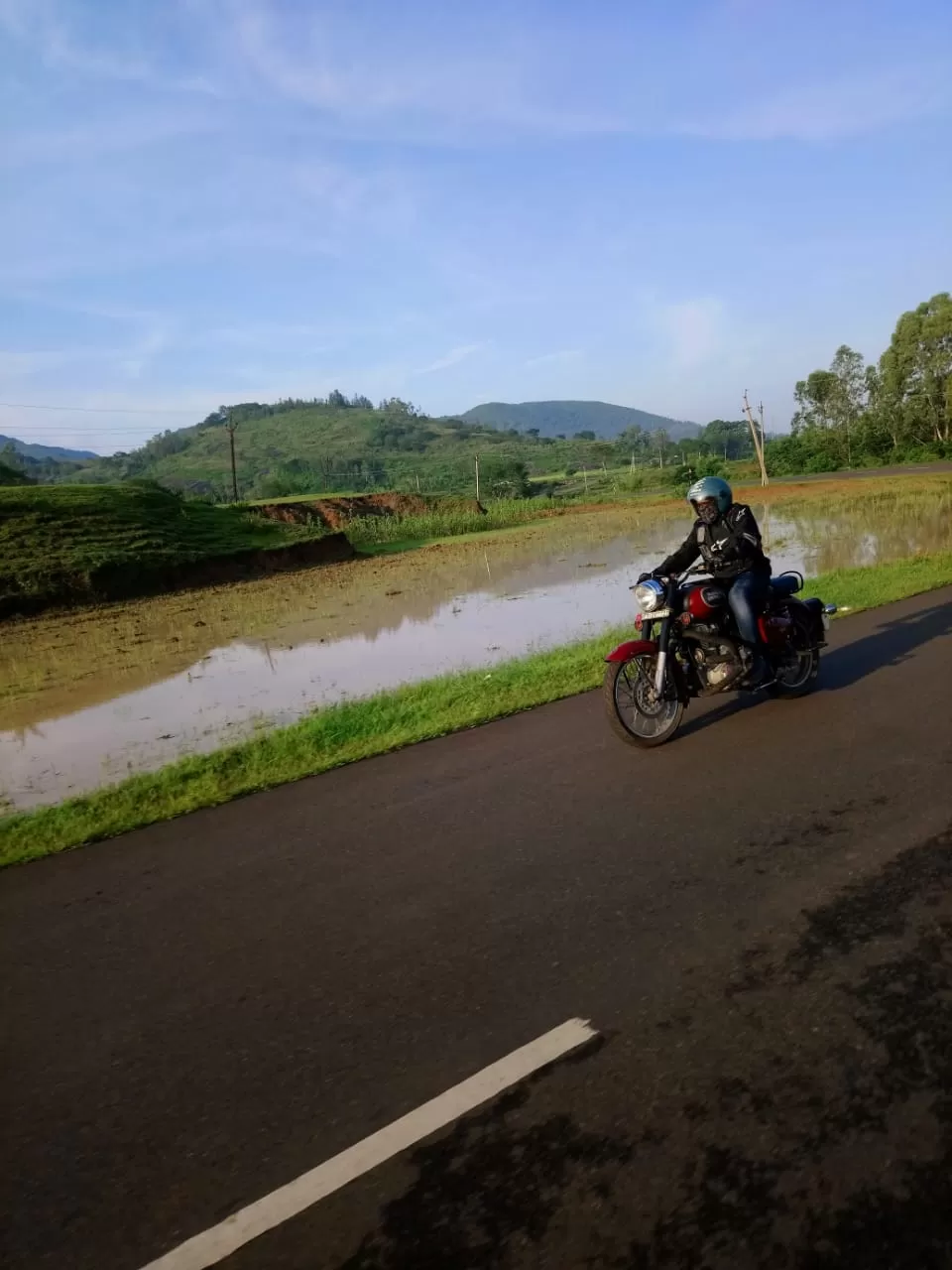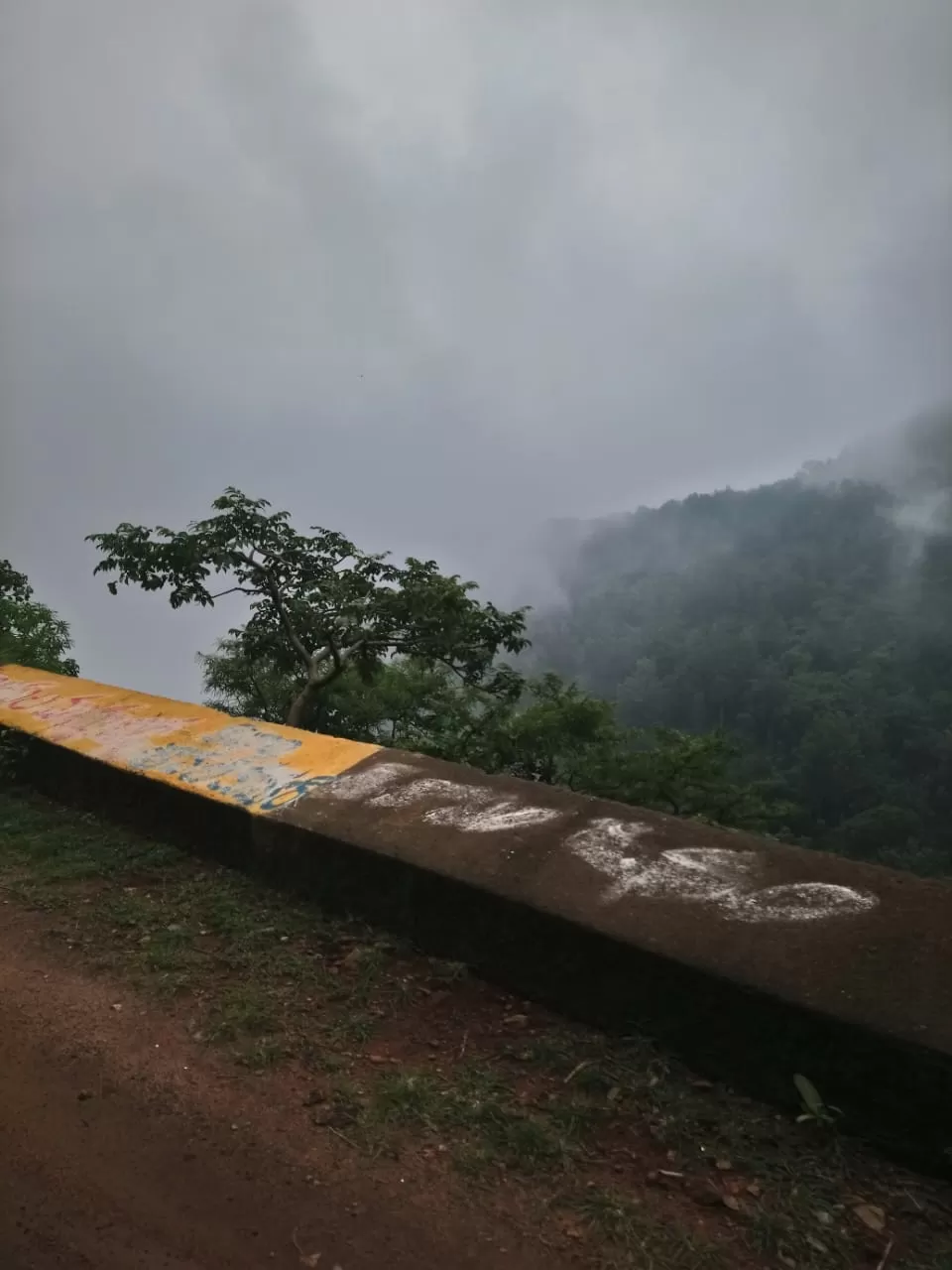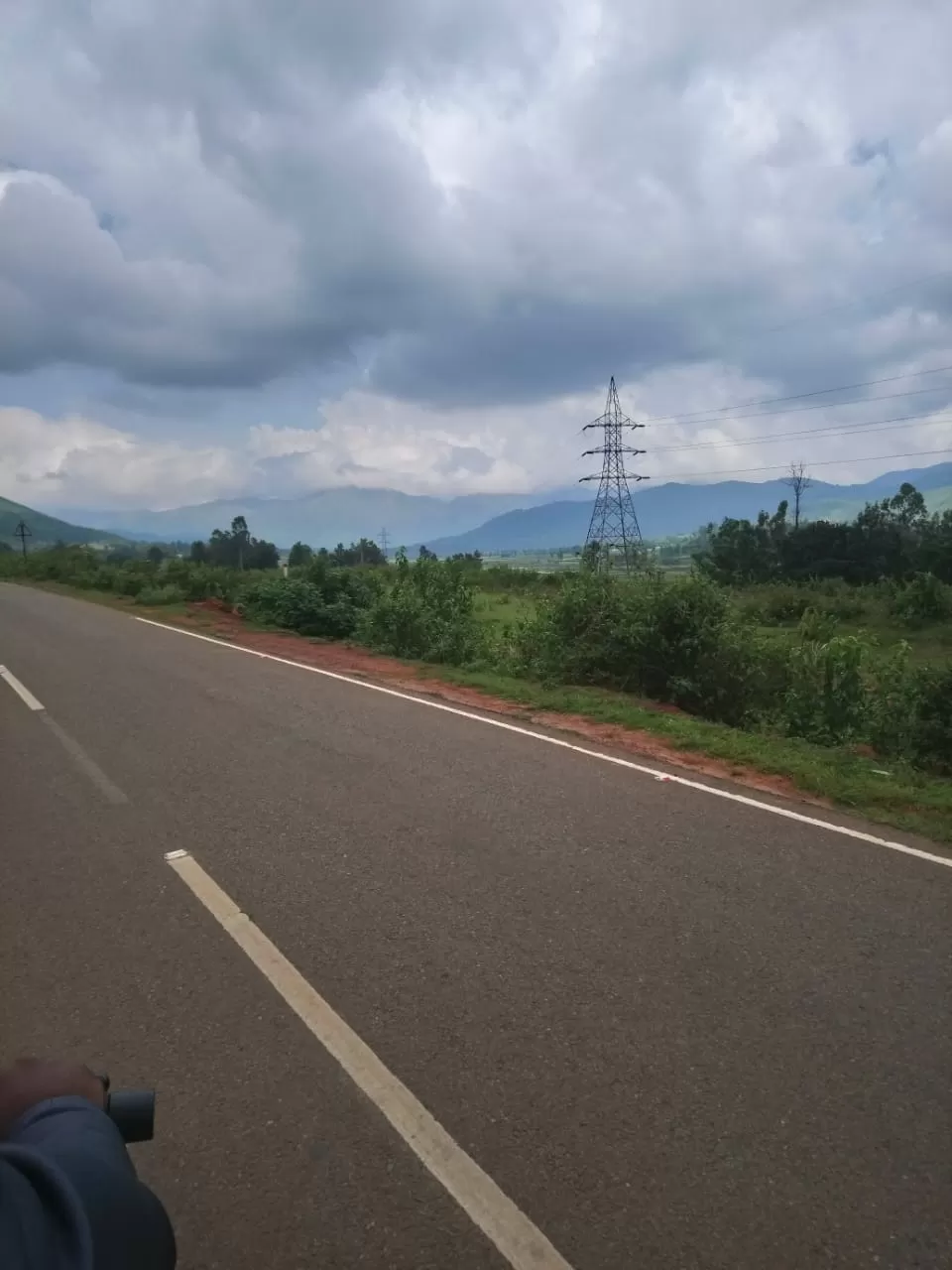Have you ever wondered what it would be like to witness a waterfall that is nearly seven times taller than the Qutub Minar, the tallest minaret in India? A waterfall that is not only a natural wonder, but also a religious site, a scientific exploration, and a travel destination? If yes, then you should definitely visit Duduma Waterfalls, one of the most magnificent and mesmerizing waterfalls in India.
Duduma Waterfalls is located in the Koraput district of Odisha, near the border of Andhra Pradesh. It is formed by the Machkund River, which plunges from a height of 175 meters (575 feet) into a deep gorge. The waterfall is also known as Matsya Tirtha, meaning fish pond, because of the abundance of fish in the pool below the falls. Duduma Waterfalls is considered sacred by the local tribes and Hindus, who believe that it is the abode of Goddess Duduma, a form of Parvati.

A Natural Wonder and a Religious Site
The origin and meaning of the name Duduma Waterfalls is derived from the Sanskrit word Matsya Kunda, meaning fish pond. According to legend, Shri Chaitanya, a 16th-century saint who propagated the Bhakti movement in India, visited the waterfall and performed miracles there. He turned the water into milk and fed the hungry fish. He also cured a leper by bathing him in the water. Since then, Duduma Waterfalls has been revered as a holy place by his followers and other devotees.
The scenic beauty and religious importance of Duduma Waterfalls are unparalleled. The waterfall creates a stunning contrast between the green hills and the white foam. The sound of the water crashing on the rocks is soothing and exhilarating at the same time. The waterfall also attracts a variety of birds and butterflies, adding to its charm. The waterfall is surrounded by temples and shrines dedicated to Goddess Duduma and other deities. Pilgrims flock to the waterfall to offer prayers and seek blessings.
A Scientific Exploration and a Development Project
Duduma Waterfalls is not only a natural wonder and a religious site, but also a scientific exploration and a development project. In 1941, the British government built a hydroelectric project near the waterfall to harness its power. The project was later expanded by India after independence. The project consists of two dams: one on the Machkund River upstream of the waterfall, and another on the Sileru River downstream of the waterfall. The project generates electricity for Odisha and Andhra Pradesh states. Planning to visit Odisha for a week? Do plan a visit to see this brilliant project.
The hydroelectric project has brought many benefits and challenges to the region. It has provided employment, irrigation, and flood control to the people living nearby. It has also boosted tourism and commerce in the area. However, it has also affected the environment and wildlife of the region. It has reduced the flow and volume of the waterfall, especially during summer. It has also threatened the habitat and survival of some endangered species, such as crocodiles and turtles.
How to teach and the best time to visit Duduma Waterfalls
Duduma Waterfalls is a great travel destination and a sightseeing option for anyone who loves nature, culture, and adventure. Here are some tips and information for visiting Duduma Waterfalls:
The best time to visit Duduma Waterfalls is from October to February, when the weather is pleasant and the waterfall is at its full glory.
The clothing and footwear should be comfortable and suitable for trekking and climbing. The safety precautions should be followed while approaching the waterfall, as it can be slippery and dangerous.
The nearest airport to Duduma Waterfalls is Visakhapatnam (200 km), which is well connected by flights from major cities in India. The nearest railway station is Koraput (92 km), which is connected by trains from Bhubaneswar, Kolkata, Hyderabad, etc. The nearest bus stop is Govindpali (15 km), which can be reached by buses or taxis from Jeypore (70 km), which is the nearest town.

Places to visit near Duduma Waterfalls
Bagara Waterfall: Another beautiful waterfall located 4 km from Duduma Waterfall. It is also known as Chitrakonda Waterfall or Mini Niagara Falls.
Kolab Reservoir: A scenic spot located 15 km from Duduma Waterfall. It is a large lake created by a dam on the Kolab River. It offers boating, fishing, and camping facilities.
Sunabeda Hill Station: A picturesque hill station located 40 km from Duduma Waterfall. It is known for its lush greenery, pleasant climate, and panoramic views.
Gupteshwar Caves: A cave temple located 50 km from Duduma Waterfall. It is dedicated to Lord Shiva and has a natural lingam inside. It is also a popular picnic spot.
Shakti Waterfalls: Another stunning waterfall located 60 km from Duduma Waterfall. It is also known as Devi Waterfall or Chitrakoot Waterfall. It is the highest waterfall in Odisha, with a height of 200 meters (656 feet).
There are many more offbeat places to visit in Odisha, add them all to your list.

Conclusion
Duduma Waterfalls is a spectacular sight of nature, culture, and science in Odisha. It is one of the most beautiful and sacred waterfalls in India. It has a rich history, significance, and attraction for visitors. It is a perfect place to enjoy the beauty and bounty of nature, to experience the spirituality and culture of the region, and to witness the marvels and challenges of science and development. If you are looking for a unique and unforgettable travel experience, you should definitely visit Duduma Waterfalls.













































